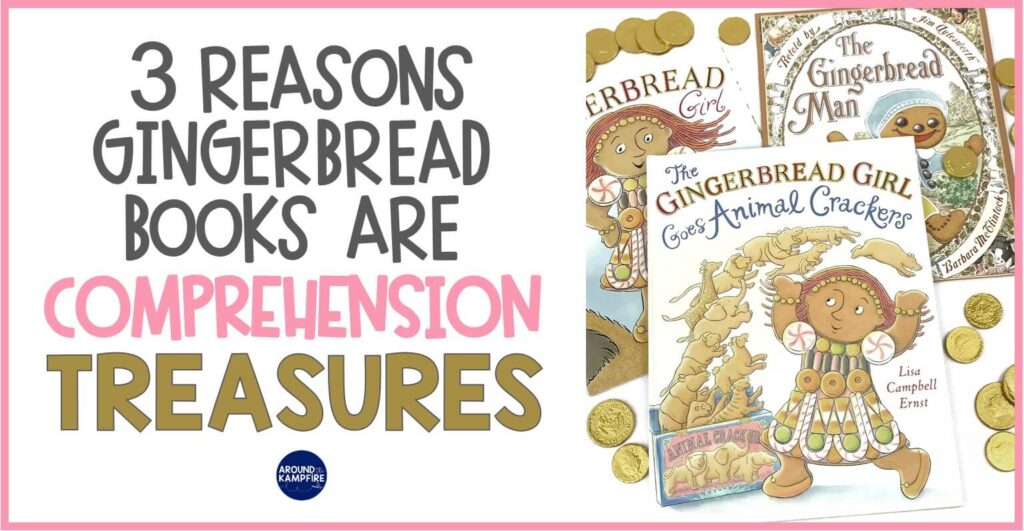
In this post, I’ll share my favorite gingerbread themed books, teaching ideas, and gingerbread man comprehension activities that make these books comprehension gold!
Gingerbread Man Comprehension Activities
As teachers, we are always on the lookout for a good mentor text. You know, those go-to exemplars that we use every year? But have you ever found a book that you weren’t sure would work, but when you looked a little deeper you discovered teaching gold? That’s how I feel about The Gingerbread Man.
At first, I thought this story was too young for my second grade students. I suspected the would quickly lose interest and maybe even scoff at the idea.
I couldn’t have been more wrong.
Upon closer inspection I discovered endless opportunities for determining the central message, analyzing illustrations and gleaning details the author doesn’t state, identifying non-literal language, and understanding why an author used repetition. Whew!
All the different versions of this story make it ideal for comparing favorite versions, comparing story elements and diving deep into a character and how they respond to challenges and changes.
Then it dawned on me these books are comprehension treasures.
I want to share with you some of my very favorite versions of Gingerbread Man stories, and why these books are so valuable in building comprehension in our young readers. Even though this classic story isn’t holiday related, there are lots of versions that are and December is the perfect time to teach with your favorite ones. I’ve written several posts that I’ve rounded up here with lesson ideas, comprehension activities, plus some free resources you can download today and use with your students tomorrow.
Here are 3 reasons why gingerbread man stories are comprehension treasures. Be sure to read them all… I promise you’ll discover teaching gold!
1. Focusing on details improves comprehension.
We want our students to question and think deeply as they read, but these skills don’t often come naturally to even our most fluent readers. Comparing texts helps to develop higher-order thinking skills. It requires attention to detail that improves comprehension in the process. Learn ways you can use your favorite versions of The Gingerbread Man to teach a multitude of reading skills that will turn your readers into thinkers! Download a FREE story elements booklet.
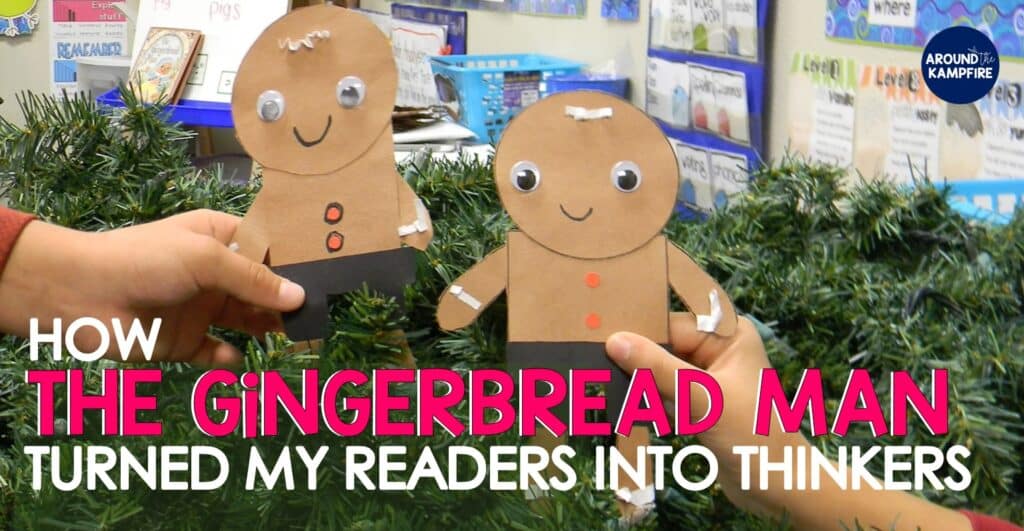
How the gingerbread man turned my readers into thinkers.
2. Comparing these texts develops higher-order thinking skills.
Comparing and contrasting helps students to develop higher-order, comparative thinking skills. Not only do these skills help students to better retain what they are reading, but learning to compare and contrast helps our students to express ideas more clearly in their writing. See my favorite versions of The Gingerbread Man for comparing and analyzing characters, story elements, and problems & solutions. I’ve also listed skills to teach with each book.
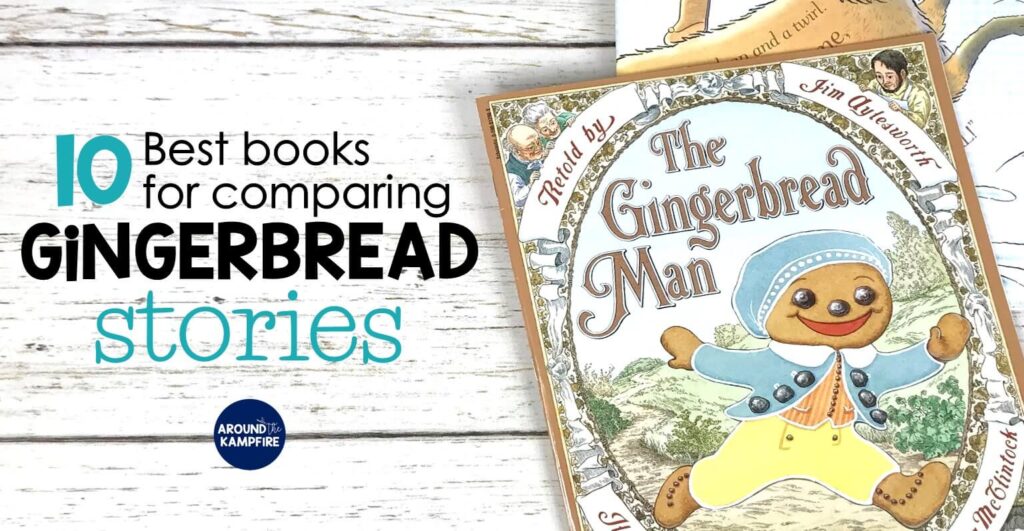 10 Best Books for Comparing Gingerbread Stories and What to Teach With Them.
10 Best Books for Comparing Gingerbread Stories and What to Teach With Them.
3. Familiar stories make inferencing easier.
Teaching primary students to determine the central message of a text can be tricky. Most of the time, the central message in implied and takes inferencing skills to determine. Our young readers don’t yet have the life experience to easily determine what an author is implying. Learn ways to use this familiar story to help your students make inferencing easier and to understand and identify big ideas, theme, and central message. Add this lesson to your gingerbread man comprehension activities!
Identifying the Central Message in The Gingerbread Man
I hope you’ve found gingerbread man comprehension activities you can use in your classroom. Save this post or pin it on Pinterest so you have it when you plan!
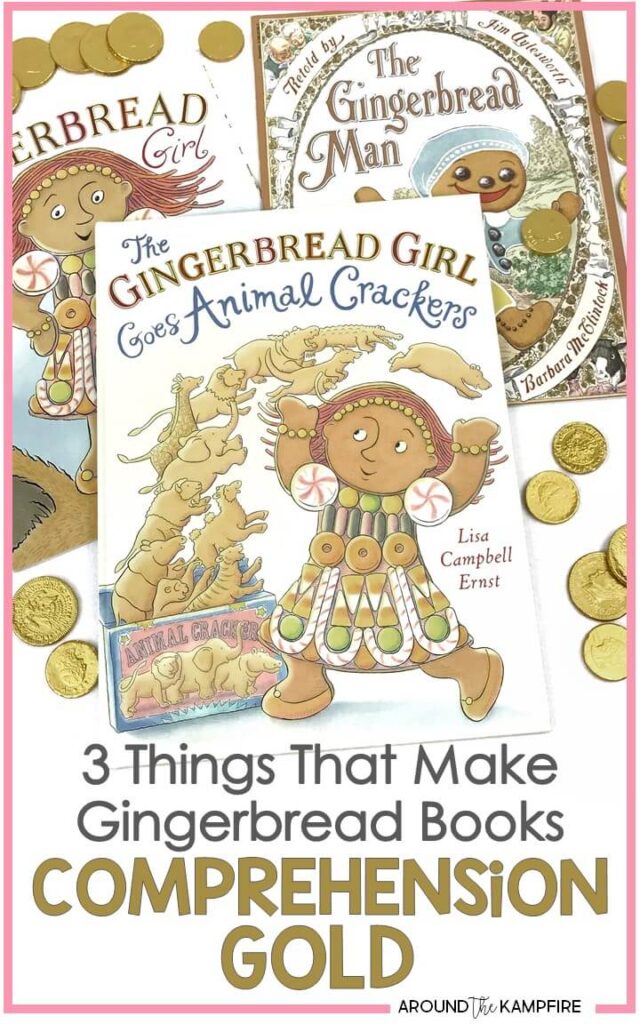
Happy teaching!





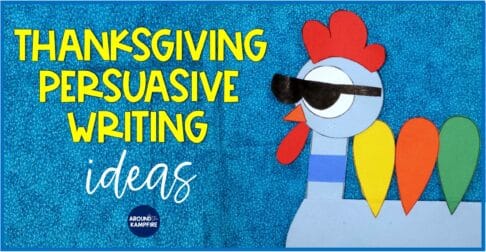

Leave a Comment